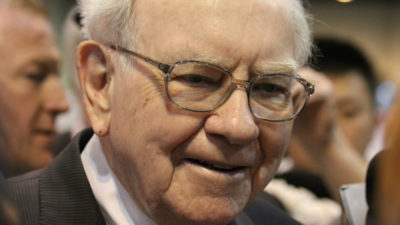BCE Inc (TSX:BCE) is one of Canada’s highest yielding dividend stocks. With a whopping 8.9% yield, it throws off buckets of income – at least, assuming the dividend keeps being paid. As I wrote in past articles, BCE has a 125%, or 1.25, payout ratio, meaning that it pays more dividends than it earns in profit. This tends to be an indicator of poor dividend sustainability but, as I will show in subsequent paragraphs, there are other factors arguing that BCE’s dividend is safer than it looks.
The question with BCE is whether the stock’s high dividend yield and (fairly) cheap valuation make up for the risk of poor performance. The way BCE got its high yield was through a combination of dividend hikes and poor earnings releases. The company hiked its dividend in several years in which earnings went down! If this trend continues, then BCE may not be worth buying for the high yield. In this article, I will explore how much BCE is likely to pay in dividends this year and whether the payouts are sustainable.
$3.6 billion, or $3.99 per share
BCE Inc’s dividend is $0.9975 per share, per quarter. That works out to $3.99 per year. The company has 911.9 million shares outstanding, so it pays approximately $3.6 billion in dividends on a whole-company basis. Is this amount sustainable?
Is the dividend sustainable?
Looking at BCE Inc’s most recent annual report gives the impression that the stock’s dividend is not particularly sustainable. In 2023, BCE delivered:
- $24.7 billion in revenues, up 2%.
- $10.4 billion in adjusted earnings before interest, taxes and depreciation (EBITDA), up 2.1%.
- $2.3 billion in reported net income, down 20.5%.
- $2.9 billion in adjusted net income, down 4.3%.
- $3.1 billion in free cash flow, up 2.1%.
- $7.9 billion in operating cash flow, down 5%.
Neither earnings nor free cash flow is sufficient to cover the dividend. The earnings based payout ratio is 1.25, the free cash flow payout ratio is 1.16, and the operating cash flow payout ratio is 46%. It is good that BCE is earning enough operating cash flows to cover its dividend, but the earnings and FCF payout ratios are quite poor.
The next question is whether BCE’s earnings will grow enough to make the dividend sustainable. The telco’s earnings declined last year partially because of interest rate hikes. Its revenue grew slightly. If the company’s revenue keeps growing and interest rates stay where they are or fall, we’d expect modest earnings growth in 2024. Most investors no longer think that interest rates will come down this year – inflation is too persistent – but it seems unlikely that they will rise. So I’d expect BCE’s earnings to grow slightly.
Foolish takeaway
Rather than just writing a somewhat critical article about BCE, I should say which telco I do think has potential:
Rogers Communications (TSX:RCI.B). This company appears to be better run than BCE in many ways. First, it has a much healthier payout ratio than BCE has: 45%. Second, it has booked significant growth in revenue, operating income, and especially free cash flow over the last five years. Its earnings are down like BCE’s are, but its cash flow picture is much better. Third, Rogers has the largest 5g network in Canada, which might be a selling point that will help it attract new customers in the year ahead. Finally, RCI.B is cheaper than BCE is, trading at just 11.5 times earnings. I don’t own RCI.B, but I would rather own it than BCE.









